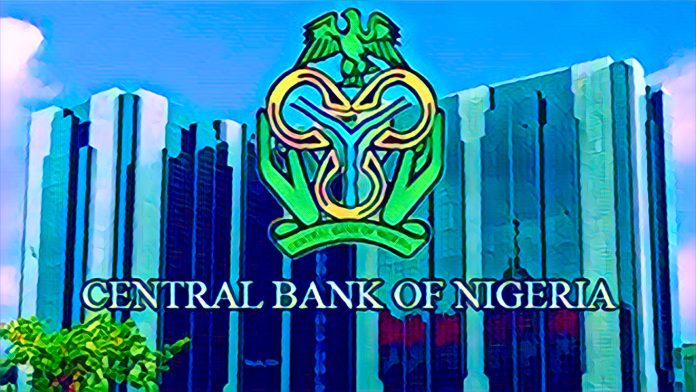KEY POINTS
- In the first seven months of 2025, Nigerian banks’ deposits with the CBN increased by 784 percent to ₦79.8 trillion, indicating excess liquidity.
- As lending through CBN’s loan windows declined year over year but sharply recovered each quarter, the Standing Deposit Facility’s use increased.
- Interbank lending rates increased, tightening funding conditions, and the CBN used OMO bill sales to mop up liquidity.
In the first seven months of 2025, Nigerian banks deposited ₦79.8 trillion with the Central Bank of Nigeria, a startling 784 percent increase from the same period the previous year. This indicates increasing excess liquidity in the financial system and a lack of appetite for lending from the private sector.
The increase, which was primarily caused by the CBN’s Standing Deposit Facility (SDF), indicates that instead of directing money into riskier, real-economy loans, lenders are using the central bank as a safe haven. With yields at 26.5 percent at the moment, the SDF pays interest 100 basis points below the Monetary Policy Rate.
Banks profit from returns without risk
SDF activity increased significantly in the second quarter, rising 158 percent from the first quarter to ₦49.68 trillion, while deposits reached ₦10.9 trillion in July. Even though that amount was less than June’s ₦15.4 trillion, it still demonstrated the banking industry’s tendency toward defensive posture.
The CBN’s recent switch to a single-tier compensation model, which ensures consistent returns on SDF placements, is largely responsible for that action. Banks are choosing yield stability over portfolio expansion because credit risk is high and inflation is still high.
Despite a quarterly rebound, lending facility use declines
Bank borrowing through the Standing Lending Facility (SLF) fell 11.6 percent year over year to ₦66.47 trillion, despite a spike in deposits. Nevertheless, quarterly data indicated a recovery, with SLF uptake increasing 61 percent from ₦9.38 trillion in Q1 to ₦50.46 trillion in Q2.
Lending in July reached ₦6.63 trillion, a significant decrease from ₦1.92 trillion in June, suggesting either tighter liquidity or careful cash flow planning. SLF loans, priced at 500 basis points above MPR, have become costlier amid ongoing rate hikes.
Tightening bias in interbank rates and OMO activity
Additionally, CBN stepped up its efforts to mop up liquidity, selling ₦11.53 trillion in Open Market Operation (OMO) bills between January and July, a 75 percent increase over the same period the previous year. The action raised short-term interest rates and depleted surplus funds.
The cost of interbank funding was the same. Due to tighter money market conditions, Open Buy Back (OBB) rates, the primary benchmark for collateralized overnight lending, increased from 25.75 percent in July to 31.6 percent in July.
A well-known macro tug-of-war is taking place, with banks hoarding liquidity to reduce risk and the central bank tightening to control inflation. Since credit-starved sectors of the economy wait on the sidelines, the resulting dynamic has left record sums sitting idle at the apex bank.



